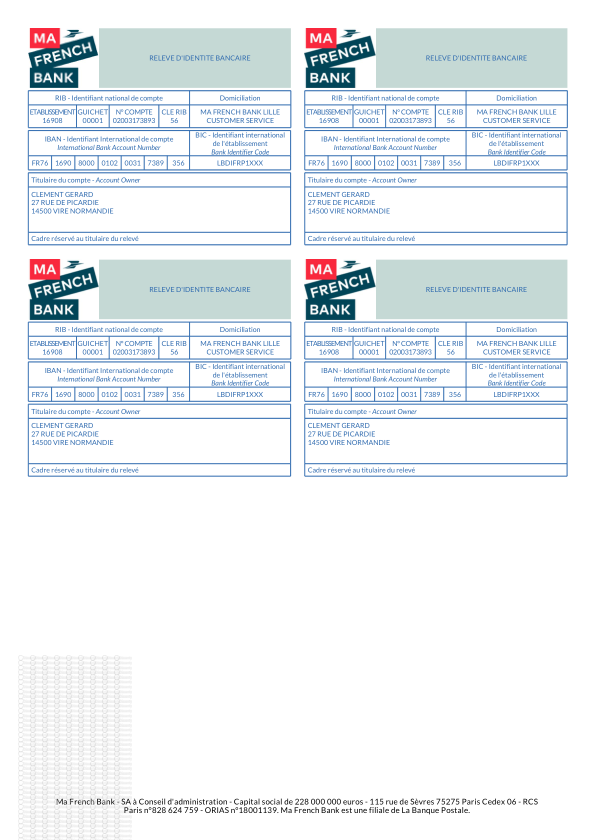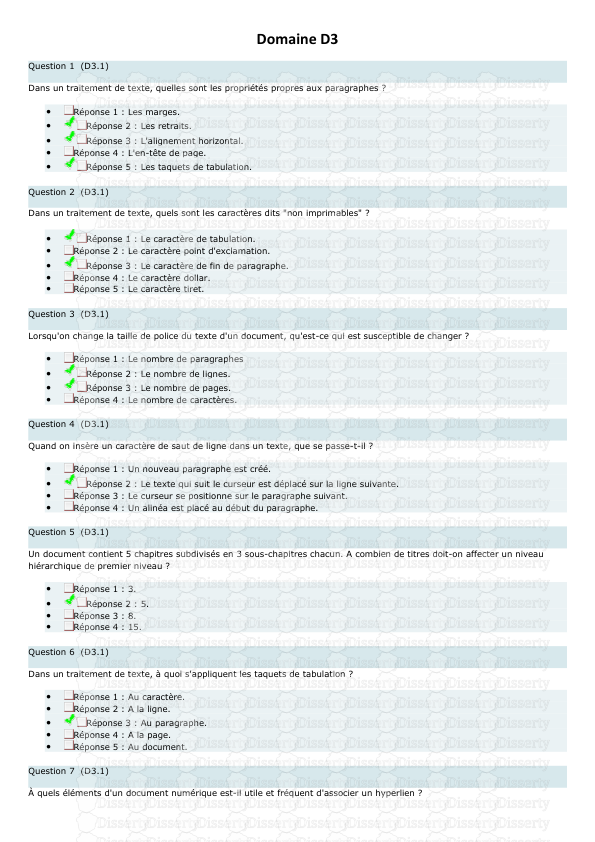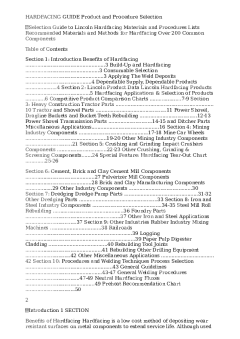Hardfacing guide HARDFACING GUIDE Product and Procedure Selection CSelection Guide to Lincoln Hardfacing Materials and Procedures Lists Recommended Materials and Methods for Hardfacing Over Common Components Table of Contents Section Introduction Bene ?ts
HARDFACING GUIDE Product and Procedure Selection CSelection Guide to Lincoln Hardfacing Materials and Procedures Lists Recommended Materials and Methods for Hardfacing Over Common Components Table of Contents Section Introduction Bene ?ts of Hardfacing Build-Up and Hardfacing Consumable Selection Applying The Weld Deposits Dependable Supply Dependable Products Section Lincoln Product Data Lincoln Hardfacing Products Hardfacing Applications Selection of Products Competitive Product Comparison Charts - Section Heavy Construction Tractor Parts Tractor and Shovel Parts Power Shovel Dragline Buckets and Bucket Teeth Rebuilding - Power Shovel Transmission Parts - and Ditcher Parts Miscellaneous Applications Section Mining Industry Components - Mine Car Wheels - Other Mining Industry Components Section Crushing and Grinding Impact Crushers Components - Other Crushing Grinding Screening Components Special Feature Hardfacing Tear-Out Chart - Section Cement Brick and Clay Cement Mill Components Pulverizer Mill Components Brick and Clay Manufacturing Components Other Industry Components Section Dredging Dredge Pump Parts - Other Dredging Parts Section Iron and Steel Industry Components - Steel Mill Roll Rebuilding Foundry Parts Other Iron and Steel Applications Section Other Industries Rubber Industry Mixing Machines Railroads Logging Paper Pulp Digester Cladding Rebuilding Tool Joints Rebuilding Other Drilling Equipment Other Miscellaneous Applications Section Procedures and Welding Techniques Process Selection General Guidelines - General Welding Procedures - Neutral Hardfacing Fluxes Preheat Recommendation Chart CIntroduction SECTION Bene ?ts of Hardfacing Hardfacing is a low cost method of depositing wear resistant surfaces on metal components to extend service life Although used primarily to restore worn parts to usable condition hardfacing is also applied to new components before being placed into service In addition to extending the life of new and worn components hardfacing provides the following bene ?ts ? Fewer replacement parts needed ? Operating e ?ciency is increased by reducing downtime ? Less expensive base metal can be used ? Overall costs are reduced Build-up and Hardfacing Restoring worn parts frequently involves the following three steps Buttering ?? For a deposit that will dilute the carbon and alloy content of base metal Build-up ?? Seriously worn areas should be rebuilt close to working size using tough crack-resistant welding materials which can be deposited in an unlimited number of layers Hardfacing ?? Wear resistant surfaces deposited on the base metal or on build-up deposits extend service life Hardfacing is usually limited to one two or three layers Consumable Selection Welding material selection depends upon three major factors Base Metal ?? Primarily a ?ects the choice of build-up materials a Manganese steel is used for components subject to high impact loading Rebuild to size using manganese steel weld deposits b Carbon and alloy steel components are rebuilt to size using low alloy steel weld deposits Type of Wear ?? The primary consideration in selecting the ?nal hardfacing layers is the type of wear to be encountered in service These include a Metal-to-Metal Friction ?? Wear from steel parts rolling or sliding against each other with little or no lubrication b Severe Impact ?? Wear from severe pounding which tends to squash gouge and crack
Documents similaires










-
39
-
0
-
0
Licence et utilisation
Gratuit pour un usage personnel Attribution requise- Détails
- Publié le Fev 26, 2021
- Catégorie Administration
- Langue French
- Taille du fichier 260.1kB


